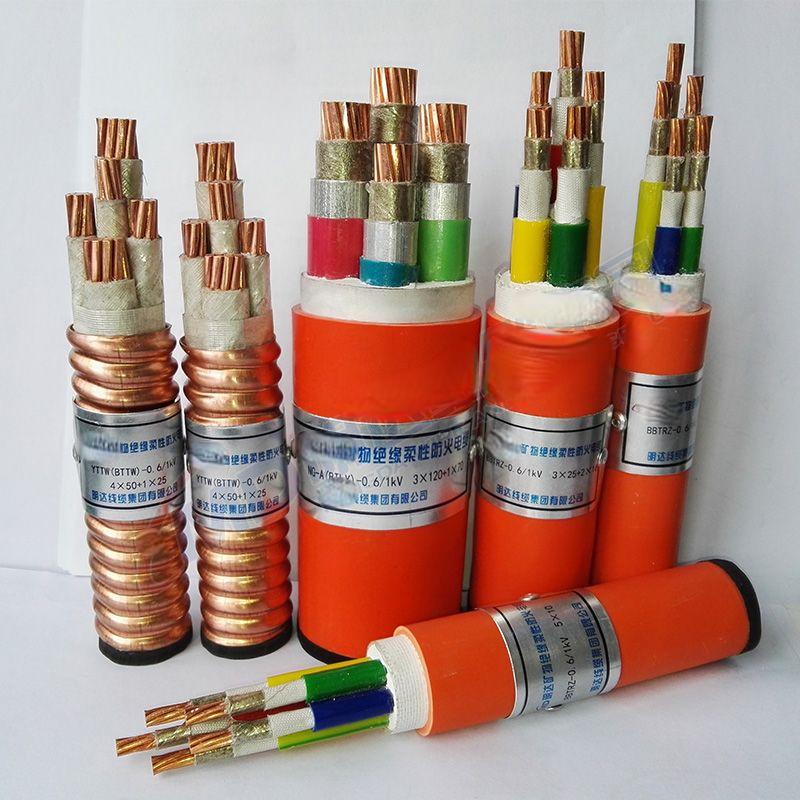Dec . 04, 2024 05:20 Back to list
Understanding the Function and Benefits of Rubber Expansion Joints in Engineering Systems
Understanding Rubber Expansion Joints Function, Benefits, and Applications
Rubber expansion joints are essential components in various piping systems, designed to accommodate movement and vibration while providing a robust sealing solution. These flexible joints are critical in industries such as water treatment, chemical processing, HVAC (heating, ventilation, and air conditioning), and many others where pipes are subject to thermal expansion, mechanical stress, or pressure fluctuations.
Functionality of Rubber Expansion Joints
The primary purpose of rubber expansion joints is to absorb movements caused by thermal expansion or contraction of pipes, as well as to reduce vibrations and noise generated by the flow of fluids. As temperatures fluctuate, pipes experience expansion and contraction; if this movement is not properly managed, it can lead to significant stress on the piping system, potentially causing leaks or even catastrophic failures. Rubber expansion joints are engineered to flex and shift in response to these changes, thereby alleviating stress on the connected pipes.
Moreover, rubber expansion joints are designed to accommodate lateral, axial, and angular movements, offering versatility in their application. The elastomer used in these joints can effectively handle varying conditions, including thermal ranges, chemical exposure, and pressure levels, making them suitable for both high and low-stress environments.
Material Composition and Design
Typically made from a variety of rubber materials, including EPDM (ethylene propylene diene monomer), neoprene, and silicone, rubber expansion joints are tailored for specific applications. The choice of material depends on factors such as the operating temperature, chemical compatibility, and potential exposure to weathering.
The design of rubber expansion joints can vary widely based on their intended use. Some common types include single sphere, double sphere, and arch models. Each design offers unique benefits, allowing for customization to suit various system configurations. For instance, single sphere joints are often used for axial movements, while double sphere joints can accommodate more complex movements.
Benefits of Using Rubber Expansion Joints
1. Vibration Dampening One of the key benefits of rubber expansion joints is their ability to absorb vibrations. This feature not only enhances the lifespan of the piping system but also improves operational efficiency by reducing noise levels.
rubber expansion joint

2. Flexibility Rubber is inherently flexible, which allows these joints to adapt to a range of movements without compromising the integrity of the system. This flexibility helps to prevent damage to pipes and fittings, which can occur if rigid connections are used.
3. Corrosion Resistance Many rubber compounds are chemical resistant, making expansion joints less prone to degradation over time. This makes them ideal for use in environments where corrosive substances are present.
4. Easy Installation Rubber expansion joints are typically lightweight and designed for easy installation. This feature can lead to reduced labor costs and faster project timelines.
5. Cost-Effectiveness Compared to metallic expansion joints, rubber counterparts are often more affordable while providing reliable performance. Their lower initial cost combined with reduced maintenance expenses makes them an attractive option.
Applications Across Industries
Rubber expansion joints are widely used in various sectors due to their versatility and reliability. In the HVAC industry, they help manage temperature fluctuations and vibration in air ducts and piping systems. Chemical processing plants utilize rubber expansion joints, benefiting from their capacity to handle corrosive chemicals without risk of failure.
Water and wastewater treatment facilities rely on these joints to mitigate the impact of fluctuating water levels and pressures, ensuring smooth operations. Additionally, industries such as oil and gas, food processing, and pulp and paper manufacturing all incorporate rubber expansion joints into their systems to enhance longevity and performance.
Conclusion
In conclusion, rubber expansion joints are integral to the efficient operation of piping systems across a multitude of industries. Their unique ability to absorb movement and reduce vibrations makes them invaluable in managing the stresses that arise in dynamic environments. As industries continue to evolve, the demand for reliable and adaptable solutions like rubber expansion joints will likely remain strong, ensuring their place in critical infrastructure for years to come. Whether for controlling vibrations, accommodating thermal expansion, or simply improving system reliability, rubber expansion joints are a smart investment for any piping system.
Share
-
Reliable Wafer Type Butterfly Valves for Every IndustryNewsJul.25,2025
-
Reliable Flow Control Begins with the Right Ball Check ValveNewsJul.25,2025
-
Precision Flow Control Starts with Quality ValvesNewsJul.25,2025
-
Industrial Flow Control ReliabilityNewsJul.25,2025
-
Engineered for Efficiency Gate Valves That Power Industrial PerformanceNewsJul.25,2025
-
Empowering Infrastructure Through Quality ManufacturingNewsJul.25,2025